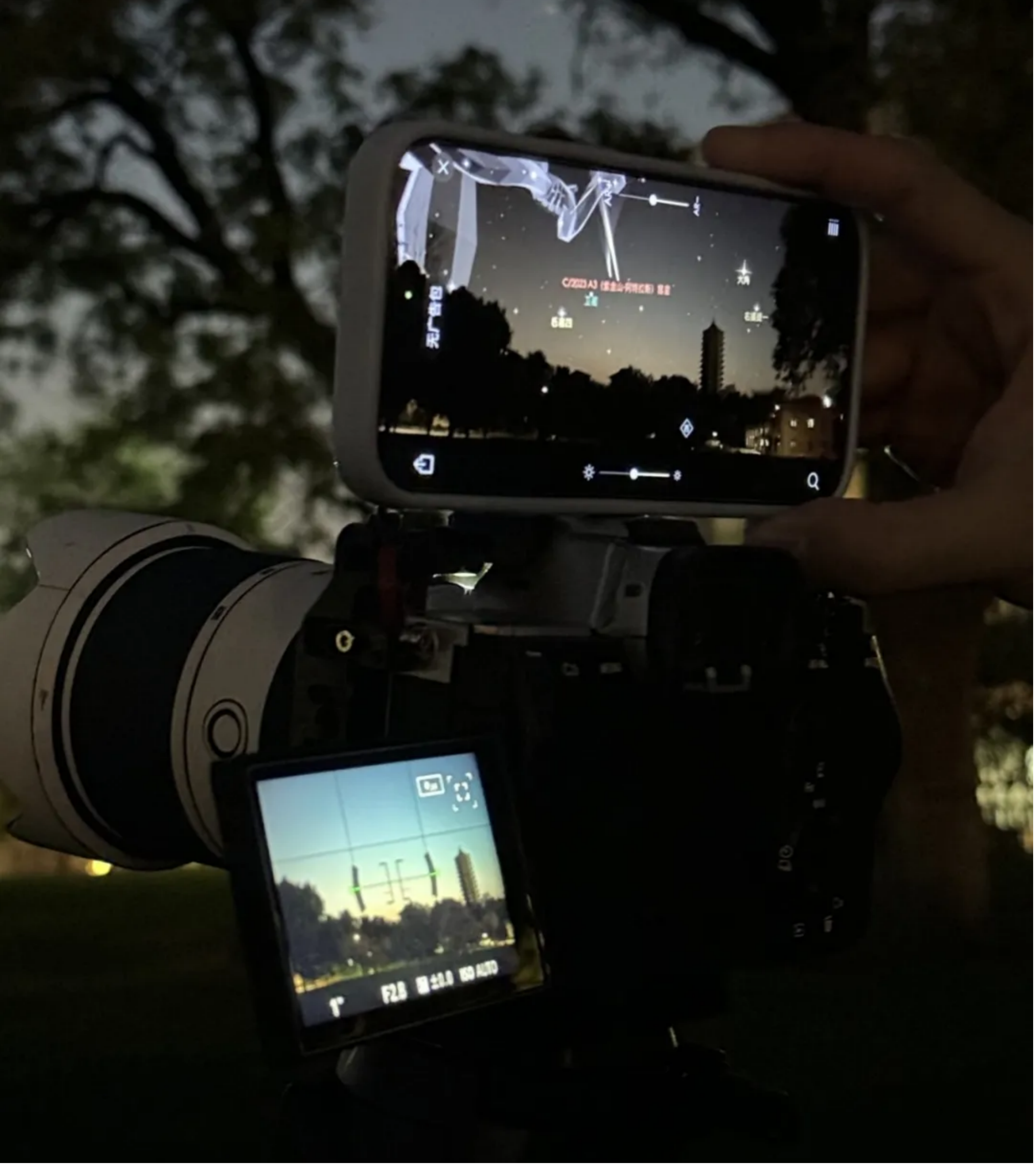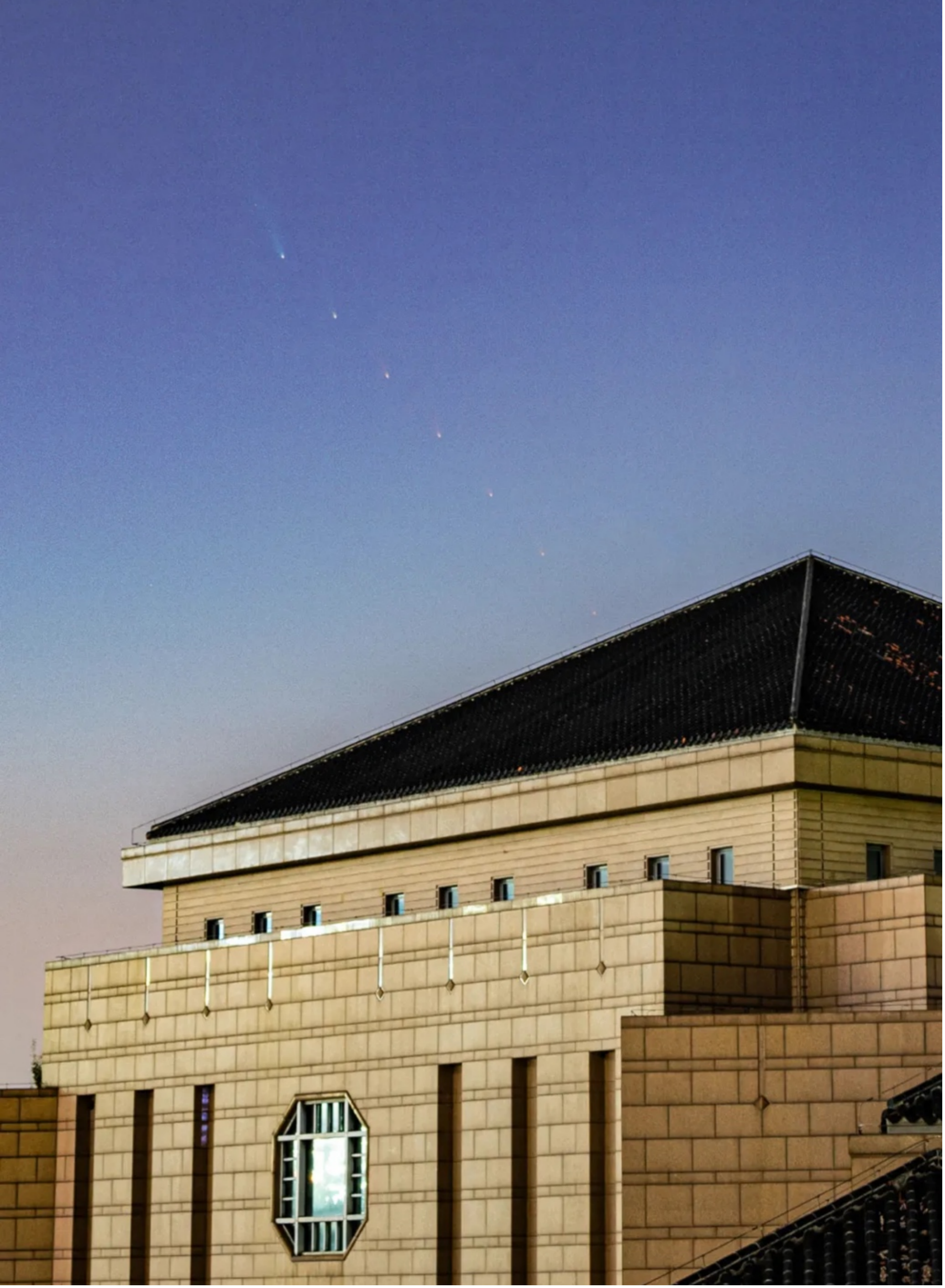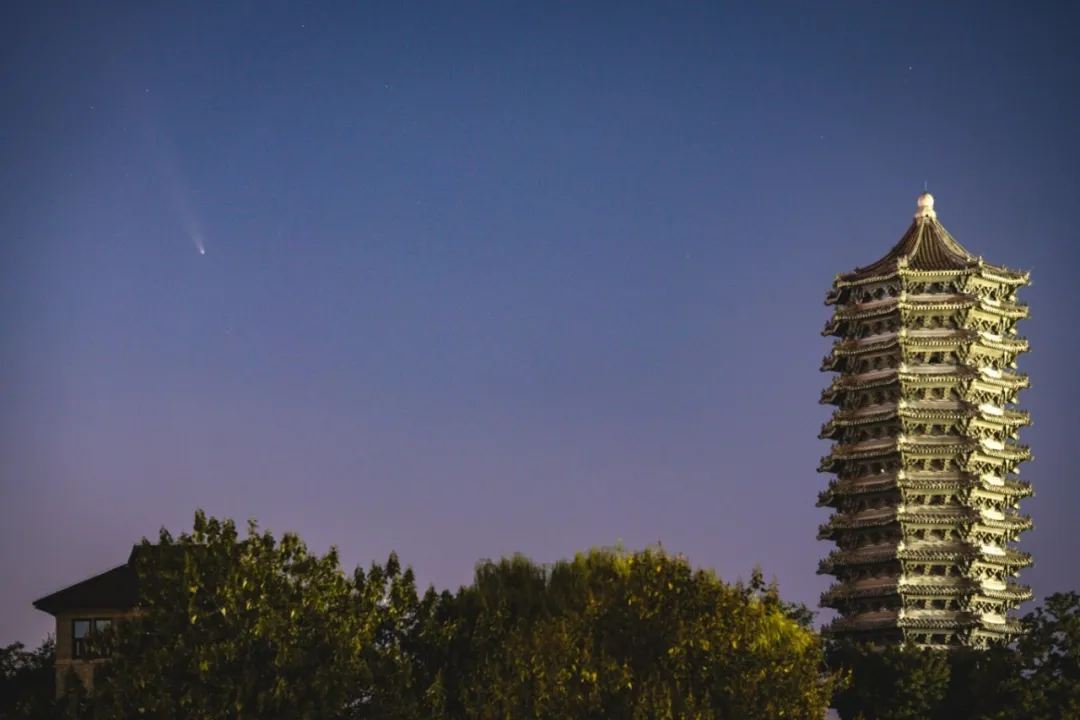
Peking University, October 21, 2024: In the stillness of the night, beneath the velvet sky of Peking University, a miracle unfolded—a celestial ballet that graces our world once every 60,000 to 80,000 years. Imagine the thrill as students gazed skyward, eyes wide with wonder, capturing the majestic dance of the Purple Mountain-Atlas comet.
This golden visitor, shimmering like an ancient brushstroke across the cosmos, beckoned dreamers and stargazers alike.

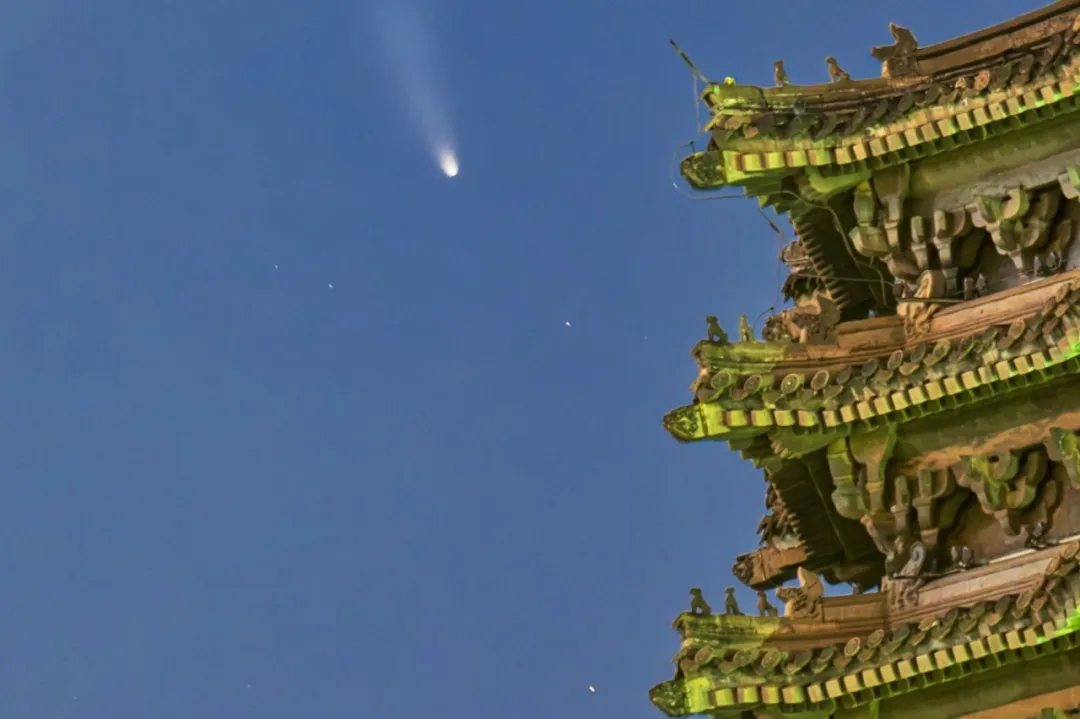
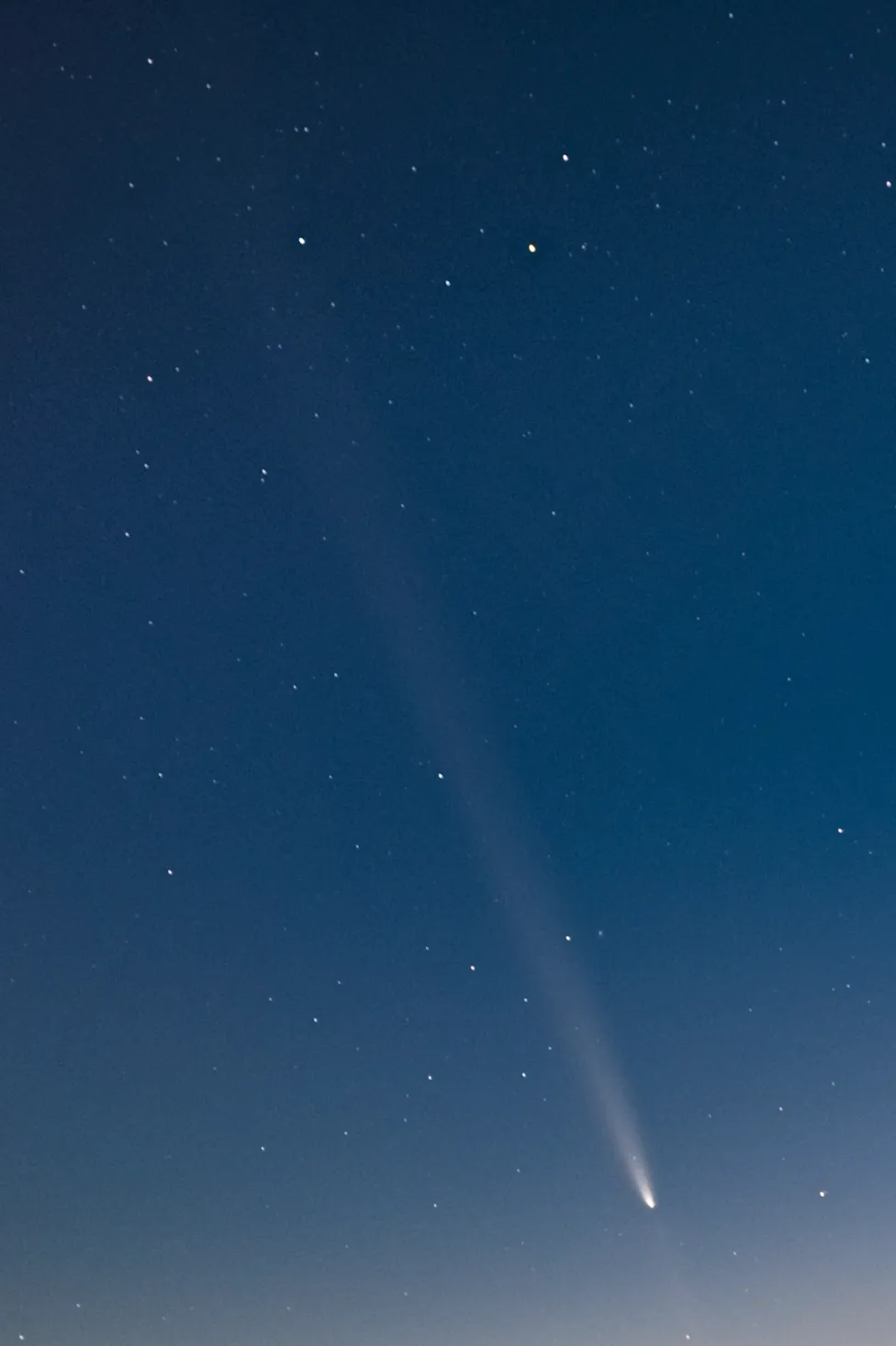
As the comet, officially known as C/2023 A3, blazed through the heavens, it left behind a radiant tail, a luminous reminder of the mysteries of the universe. The Tsuchinshan-ATLAS comet was first discovered by the Tsuchinshan—or “Purple Mountain” —Observatory under the Chinese Academy of Sciences, and stands as a tribute to China's rich astronomical heritage. The ancient Chinese called such phenomena "broom stars," to mark comets with tails, as their sweeping beauty of fate cross our path.

